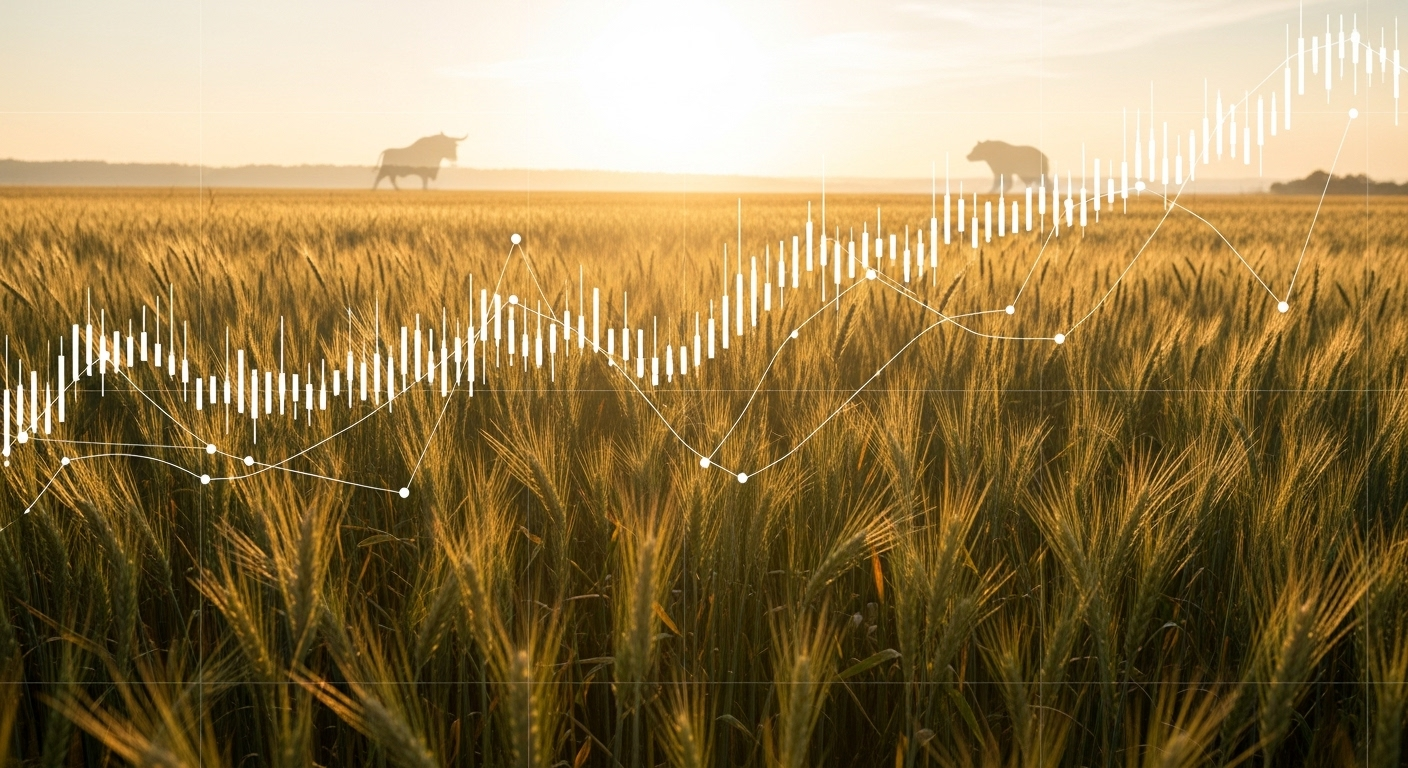Are you ready to elevate your trading game? Commodity trading presents substantial profit opportunities, but success hinges on employing effective commodity trading strategies. This article reveals proven methods to help you navigate commodity markets, manage risk, and ultimately, boost your profits. We’ll explore understanding market trends and mastering technical analysis, equipping you with the knowledge and tools for success.
Unlock the secrets to profitable commodity trading and maximize your returns today! Whether you’re a seasoned trader or just starting, the strategies outlined below will provide a solid foundation for success in the exciting world of commodities.
Jump To Section:
- Understanding Key Commodity Market Trends
- Developing a Risk Management Plan for Commodity Trading
- Technical Analysis Tools for Commodity Traders
- Fundamental Analysis for Profitable Commodity Trades
- The Importance of Diversification in Commodity Trading
- Psychological Factors in Successful Commodity Trading
- Adapting Commodity Trading Strategies to Market Volatility
- Conclusion
Understanding Key Commodity Market Trends
Staying ahead in commodity trading demands a deep understanding of market trends. These trends are influenced by factors like global supply and demand, geopolitical events, and weather patterns. Monitoring these factors provides valuable insights into potential price movements, enabling informed trading decisions.
For example, increased demand from emerging economies can drive up prices of industrial metals like copper and aluminum. Similarly, droughts in key agricultural regions can lead to higher prices for crops like corn and soybeans. Staying informed about these trends is crucial for developing effective commodity trading strategies.
Developing a Risk Management Plan for Commodity Trading
Risk management is paramount in commodity trading. Without a solid plan, you risk depleting your trading capital. Your plan should include setting clear stop-loss orders, limiting exposure to any single trade, and diversifying your portfolio across different commodities.
Consider using techniques like position sizing to control the capital you risk on each trade. A well-defined risk management plan is an essential component of any successful commodity trading strategies.
Technical Analysis Tools for Commodity Traders
Technical analysis involves studying historical price charts and using indicators to predict future price movements. Popular tools for commodity traders include:
- Moving Averages: Identify trends and potential support and resistance levels.
- Relative Strength Index (RSI): Gauge overbought and oversold conditions.
- MACD (Moving Average Convergence Divergence): Identify potential trend changes and momentum shifts.
- Fibonacci Retracements: Identify potential support and resistance levels based on Fibonacci ratios.
Mastering these tools can significantly improve your ability to identify profitable trading opportunities and refine your commodity trading strategies.
Fundamental Analysis for Profitable Commodity Trades
Fundamental analysis involves examining the underlying factors affecting a commodity’s supply and demand. This includes analyzing economic data, industry reports, and geopolitical events. For example, a report showing a significant increase in oil production could signal a potential price decline.
Combining fundamental analysis with technical analysis provides a more complete understanding of commodity markets, enabling more robust commodity trading strategies. Understanding the why behind price movements is as important as the how.
The Importance of Diversification in Commodity Trading
Diversification is a key risk management technique involving spreading investments across different commodities. By diversifying, you reduce exposure to any single commodity and mitigate the impact of adverse price movements. For example, consider trading a mix of agricultural products, energy commodities, and precious metals.
Diversification is a cornerstone of sound commodity trading strategies, helping protect your capital and improve overall trading performance. Don’t put all your eggs in one basket!
Psychological Factors in Successful Commodity Trading
Commodity trading can be emotionally challenging. Fear and greed can lead to impulsive decisions negatively impacting trading performance. Developing a disciplined approach to trading and sticking to your plan is crucial, even when faced with market volatility.
Maintaining a calm and rational mindset is crucial for implementing effective commodity trading strategies and avoiding costly mistakes. Control your emotions, and you’ll control your trading outcomes.
Adapting Commodity Trading Strategies to Market Volatility
Commodity markets can be highly volatile, and adapting your trading strategies to changing market conditions is essential. This might involve adjusting position sizes, tightening stop-loss orders, or temporarily stepping aside during extreme volatility.
Flexibility is key to navigating commodity markets successfully. Being adaptable and responsive to market changes increases your chances of profiting from your commodity trading strategies, regardless of conditions.
Conclusion
Mastering commodity trading strategies requires knowledge, discipline, and adaptability. Understanding market trends, developing a robust risk management plan, utilizing technical and fundamental analysis, diversifying your portfolio, managing your emotions, and adapting to market volatility significantly increases your chances of success in commodity markets.
Start implementing these proven strategies today and unlock the profit potential of commodity trading! Remember, trading success comes from continuous learning and refinement.



